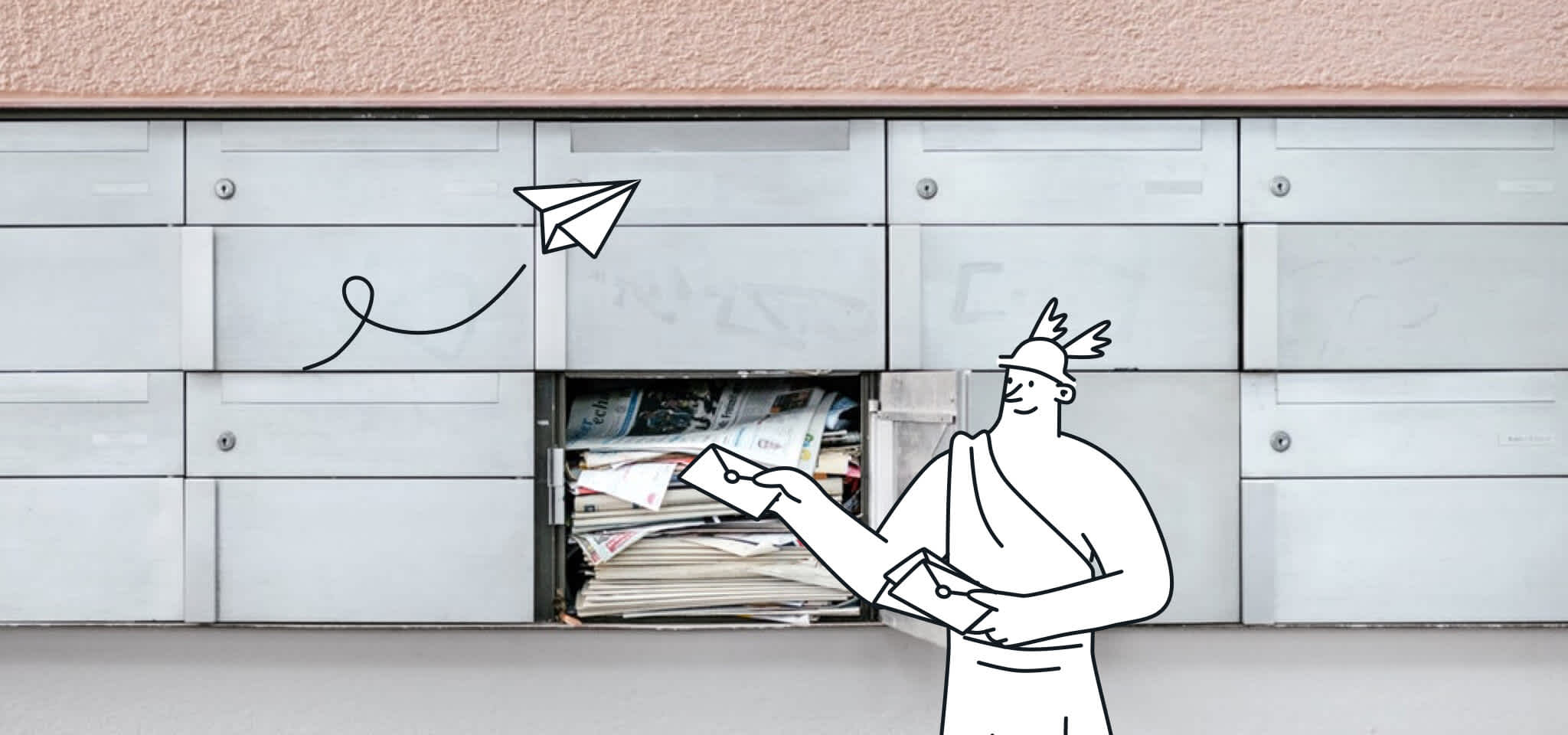Deliverability
Orange email is closing: Here’s all you need to know
On May 31, Orange, Wanadoo and Freeserve will be closing a number of email addresses, and valuable contacts will be lost. Here's what you need to know.

PUBLISHED ON
There’s not much time left: on May 31st, Orange, Wanadoo and Freeserve domains will be shutting down a number of email addresses, and valuable contacts will be lost forever. Maybe you’ve already heard this from some enraged users at different consumer forums. Maybe you’re just finding out now and are starting to feel hot flushes and your pulse racing.
Table of content
Orange Email is closing on May 31st
“Orange Email is closing?! ? What can I do?!”
Well, first things first, don’t panic.
The truth is, not that many people are still actively using their Orange Email, which is part of the reason why EE’s closing it down. These are the domains affected:
Orange.net
Orangehome.co.uk
Wanadoo.co.uk
Freeserve.co.uk
Fsbusiness.co.uk
Fslife.co.uk
Fsmail.net
Fsworld.co.uk
Fsnet.co.uk
As you can see, orange.fr is not impacted by this closure, and is certainly alive and well.
We’ve done the maths: only 0.0017 % of all of our active users have opened their accounts with one of these email addresses (since the beginning of time, yes), and we actually only have 8 subscribers that have signed up to Mailjet’s emailing lists with these domains.
“But that’s B2B!”, I hear you say. Well, we also had a look at four of our largest B2C clients’ databases, and we only found 127 email addresses using these domains out of nearly 8 million contacts (that’s 0.0016 %). As you can see, definitely not a huge drama.
So the first step is to relax. Chances are you don’t have that many Orange Email contacts. But regardless of how many subscribers you have using these email relics, the closure doesn’t mean you’ll necessarily have to say goodbye to them forever.
OK, so I’m sending to a number of Orange email addresses… what can I do?
First thing you need to know is what to expect. When accounts close, they essentially stop working and don’t accept any new emails that are sent to them. This causes emails to bounce, so if you do have a significant number of contacts using these domains, you can expect some spikes in your bounce rates.
As you know, high bounce rates can severely damage your email deliverability, which is why at Mailjet we closely monitor this and other metrics, to ensure you stay within our predefined safe thresholds.
So what can you do to avoid spikes in your bounce rates and paying for emails that will never get to your subscribers inbox? This one is rather simple: just delete these domains from your email list before May 31st. They will no longer work, so no need to keep them.
But, wait! What about my subscribers?
Ah, yeah. Those valuable subscribers who, by the looks of it, have probably been with you for a long, long time now (or maybe not, but you like them anyway). Will you be saying goodbye to them forever?
Well, not necessarily. It is unlikely that people using these domains will be giving up on email any time soon - that would be a bit too drastic, even if their experience migrating to a new email client is rather painful. Your subscribers will probably be creating new email accounts, so all you need to do is ensure you get their brand new address.
How? Here are some ideas:
Segment your user database and send contacts with those specific email addresses
a targeted campaign encouraging them to change their email address or sign up with a new one. Be sure to reinforce the value your content offers and reiterate the reasons why they need to stick with you. This is a great opportunity for you to strengthen your relationship with your customer, using personalization to drive higher engagement.
Some of these contacts will update their contact email address - great! They are clearly interested and appreciate your email communications. Make sure you greet them with a tailored welcome campaign that thanks them for providing a new address, to further solidify the relationship.
You’ll probably find that other contacts don’t update their details. Some might have already made the move to a new domain, others might have abandoned these domains a long time ago, and a few of them might be leaving it for the very last minute… as many of us do. Make sure you send them a reminder email a couple of days before May 31st, just in case they missed your first one or thought about adding their new details and then got distracted. A cute “We don’t want this to be Goodbye” could work nicely as a last reactivation attempt.
Be empathetic and remember, updating their contact information in all of the multiple platforms and services your subscribers have been using over the years will probably be quite an annoying process, and they’ll probably have trouble remembering over half of the sites they’ve signed up to. Be reactive and make it is as easy as possible for them, while ensuring you’re not among the ones they forget about!
But, hold on! What about my own Orange, Wanadoo or Freeserve email address?
Oh, you’re still sending from one of these domains? Well, considering EE haven’t given any new Orange email addresses since 2012 and how time flies in the digital world, you’d probably be able to qualify for “email memorabilia status” by now.
But, even if your attempt at being the last one standing is weirdly impressive, the reality is that sending from these domains is not the smartest move, at least from a deliverability point of view. They not only look spammy, but they are also more likely to be blocked by ISPs and have fewer chances of landing in the inbox. Plus, they don’t create a good first impression when it comes to introducing your business.
EE’s statement recommends users to create a Gmail account and even offers guidance on importing your past emails from your Orange inbox. However, while this would be an interesting option for a consumer, Gmail definitely isn’t the best solution for a mass email sender. Make everyone’s life easier and switch to a custom domain already, it’ll improve your chances of landing in the inbox and make your business look much more professional.
Want to know more about deliverability best practices? Download our guide now!








